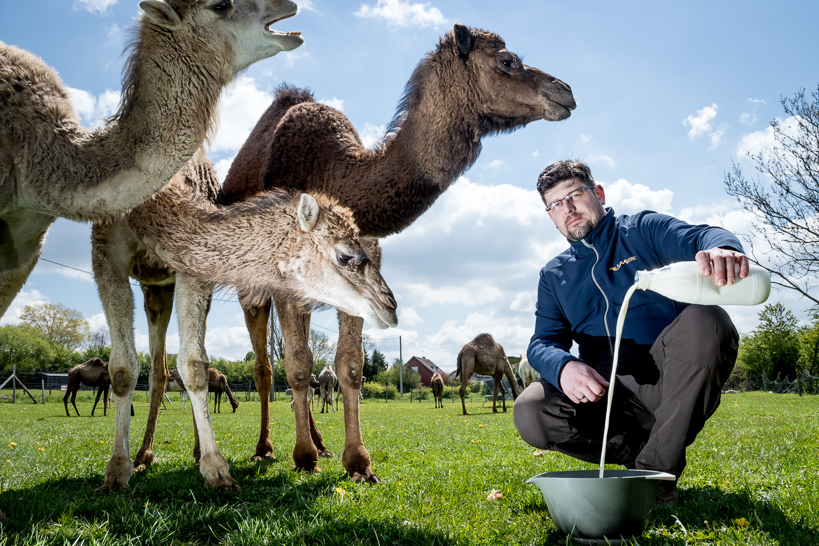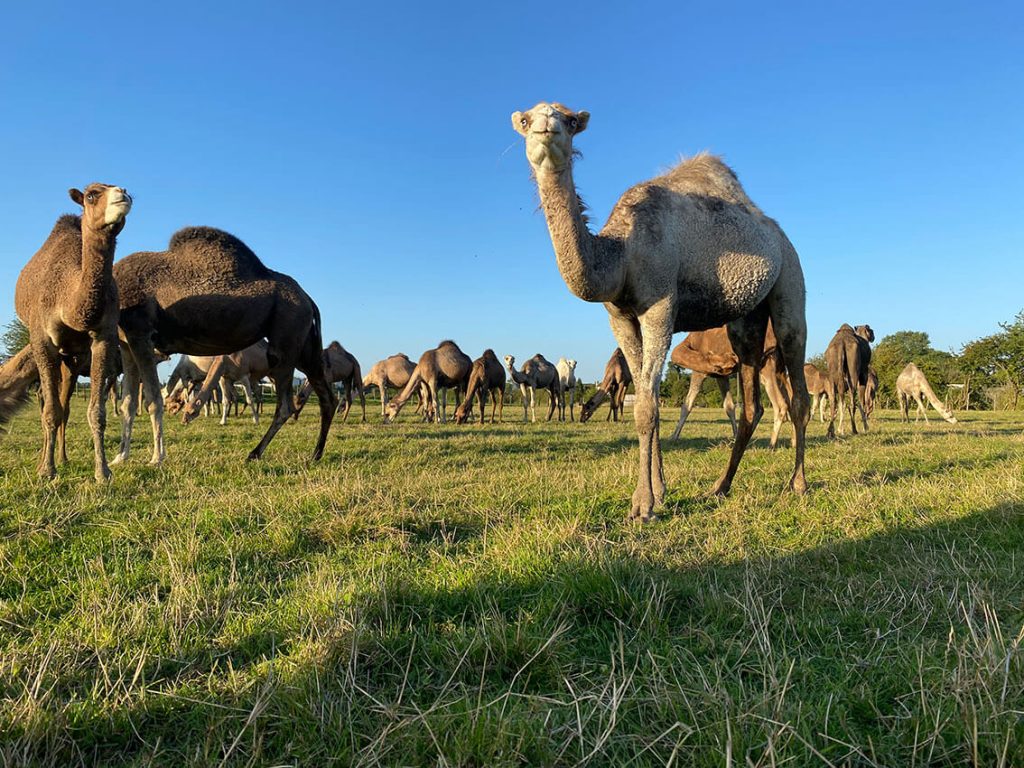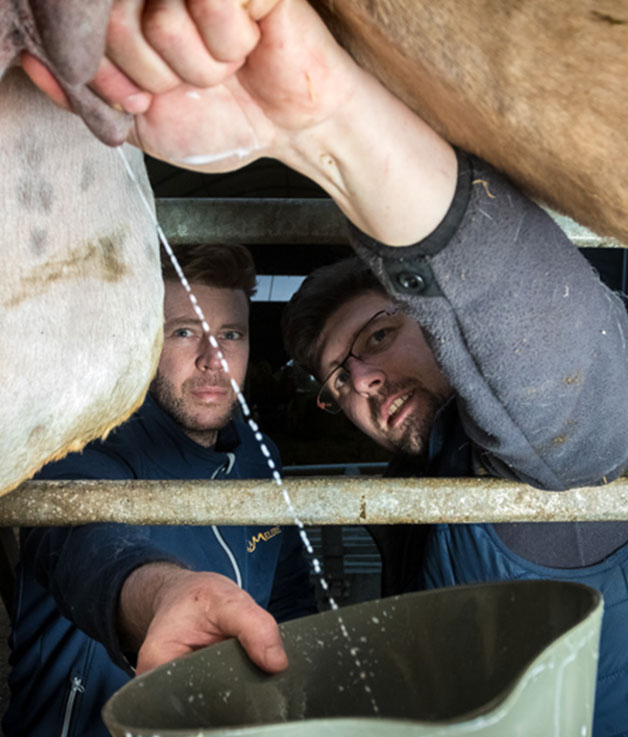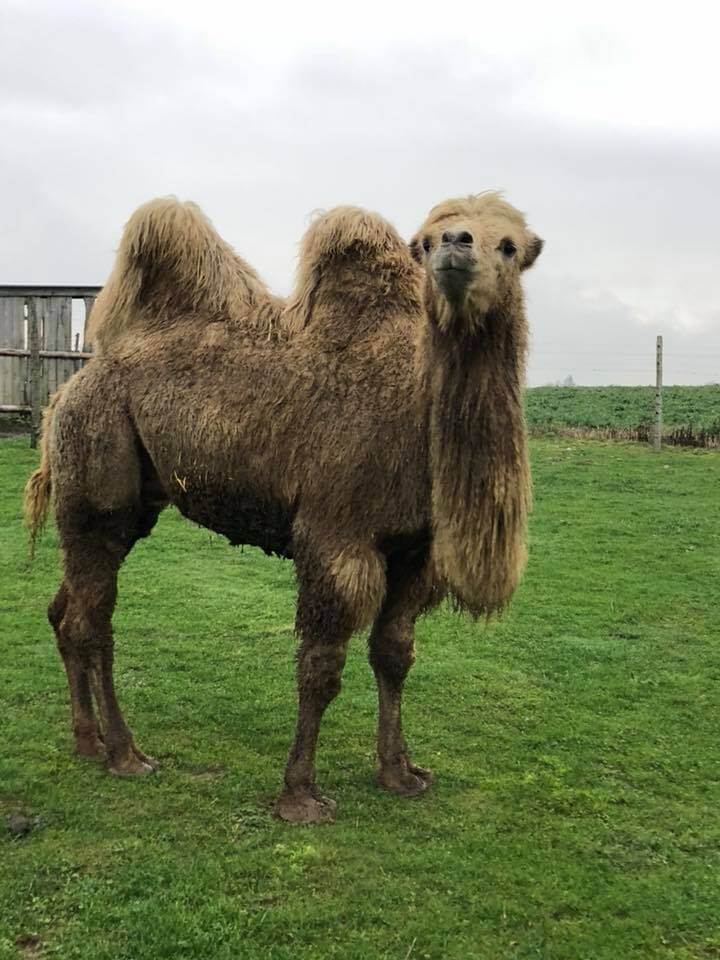
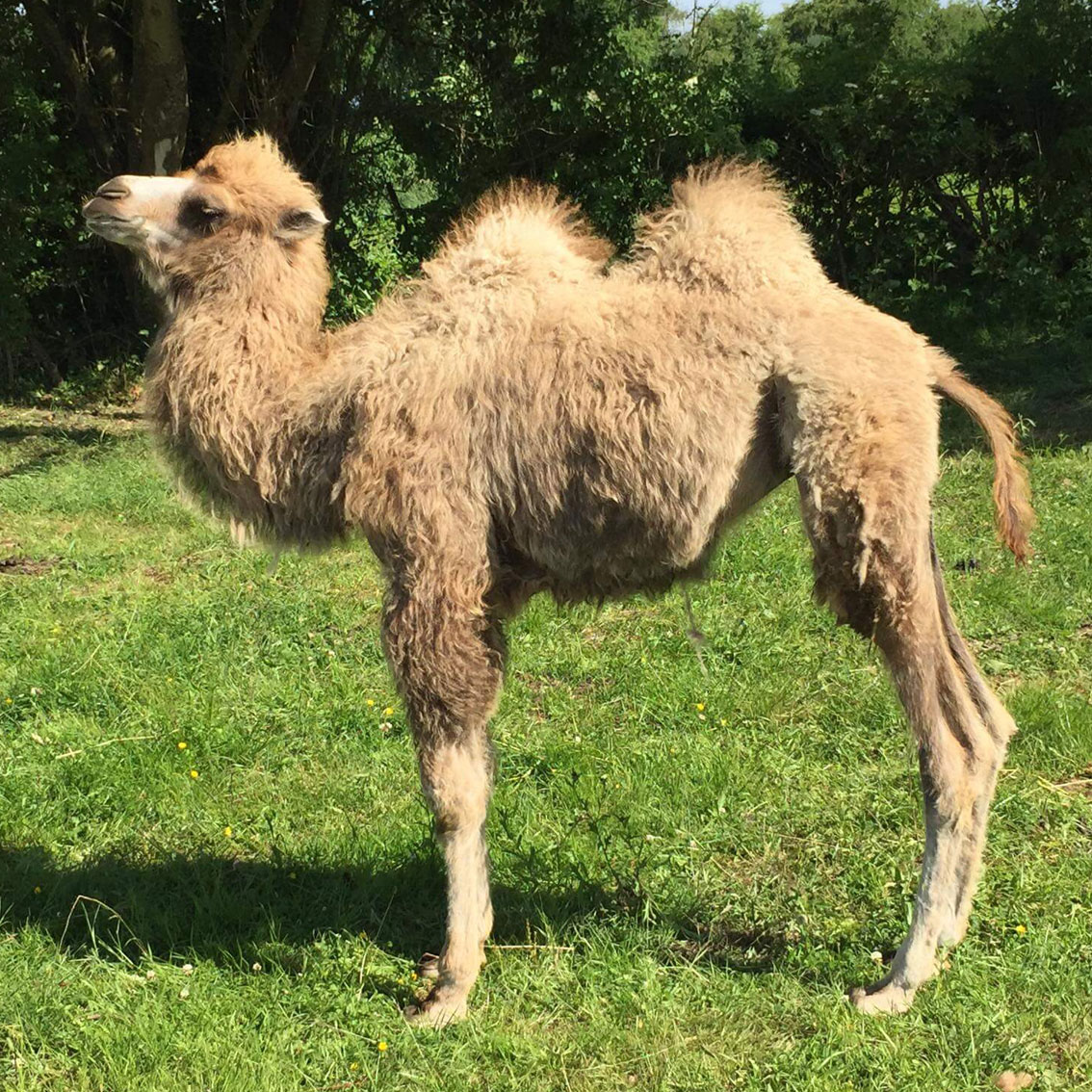
They also have remarkable mechanisms for adapting to dehydration.
They also have mechanisms for recycling digestion products such as urea.
With slower digestive transit and the ability to separate solid and liquid phases in its stomach (rumen), it can increase the digestibility of poor forage, enabling it to endure very long periods of fasting (2 weeks) without eating or drinking, in very hot or very cold climates. They can drink up to 135 liters of water in 10 minutes.
A camel, when it utters a cry, blatters. A camel’s “baby” is a colt.
Camelids, like almost all mammals, moult once a year.
The word dromedary comes from the Greek dromas, meaning “runner”.
For thousands of years, the dromedary has provided mankind with many services, in particular to the nomads who exploit it for its production of labor, leather, milk and meat.
The dromedary has been recorded in 35 countries, including Turkey, Kenya, the whole of Sahelian Africa, Mauritania, the Canary Islands and Australia.
In Asia, it occupies the entire arid arc from the Arabian Peninsula to the Rajasthan desert in India; to the north, it occupies the border regions of Central Asia (Turkmenistan), where it can also hybridize with the two-humped Bactrian camel.
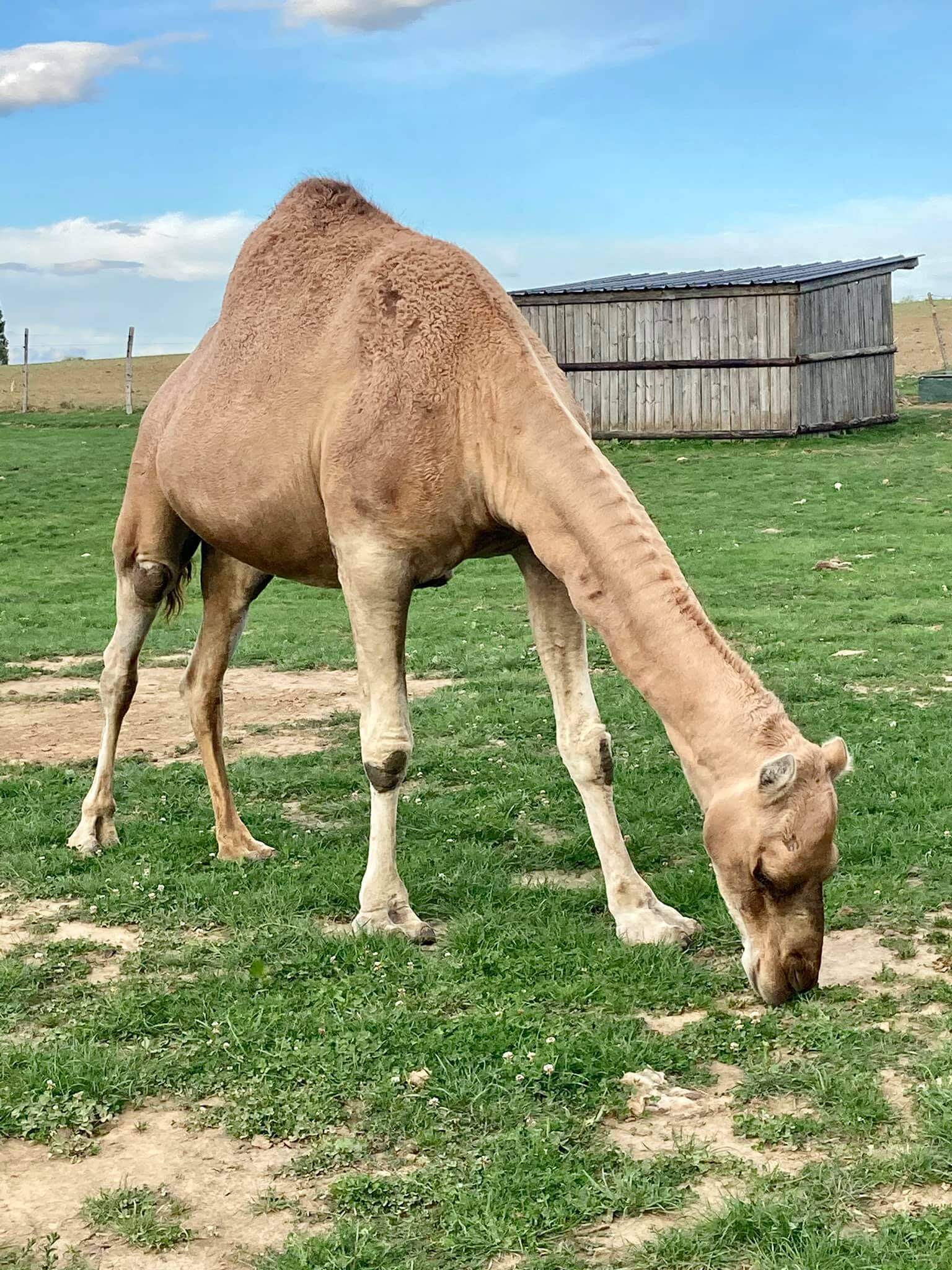
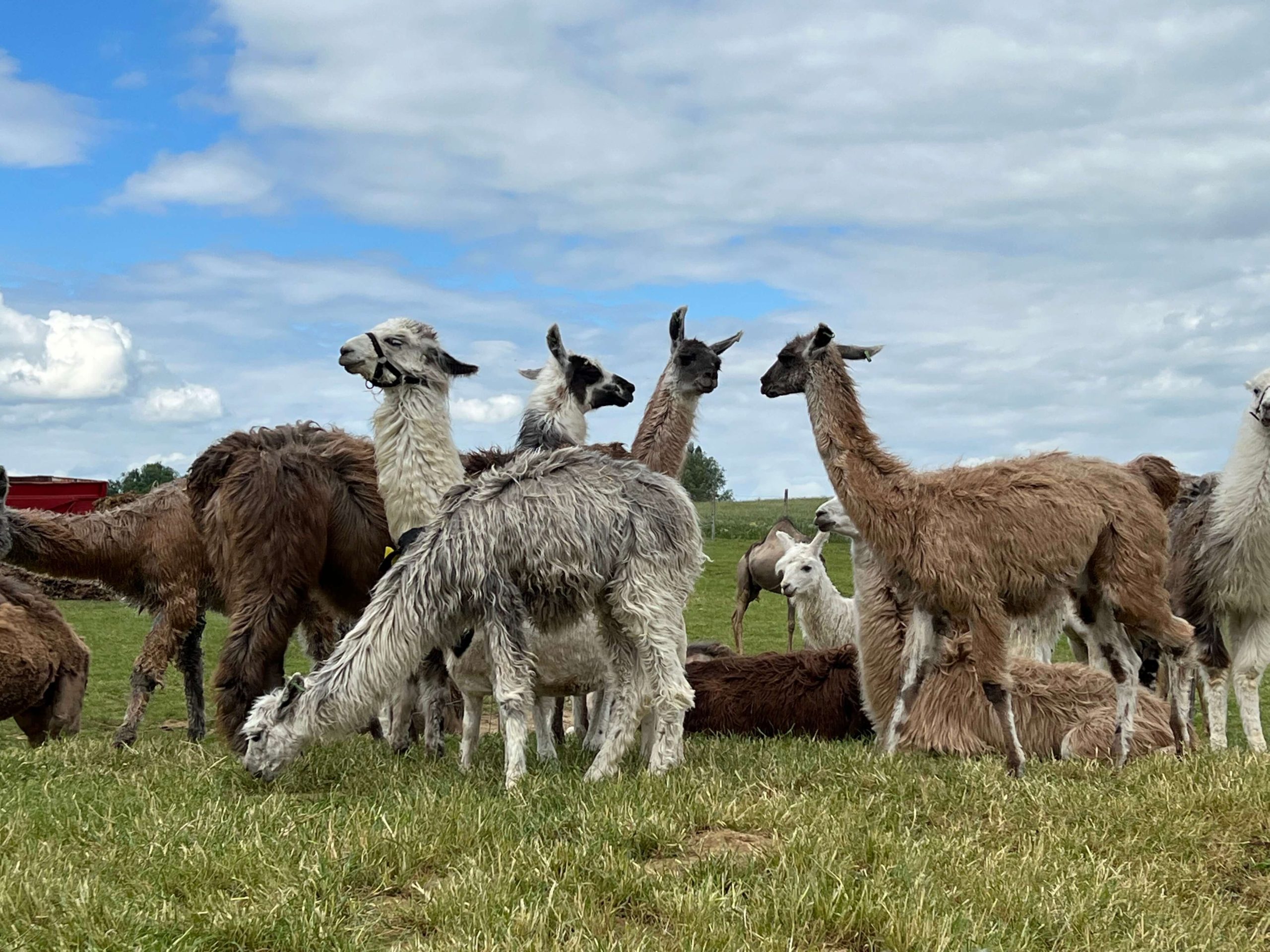
Llamas
The llama is a descendant of the guanaco, while the alpaca is descended from the vicuña.
Alpacas
The alpaca originates from the Andes Mountains in South America, and is descended from the vicuña, while the llama is descended from the guanaco.
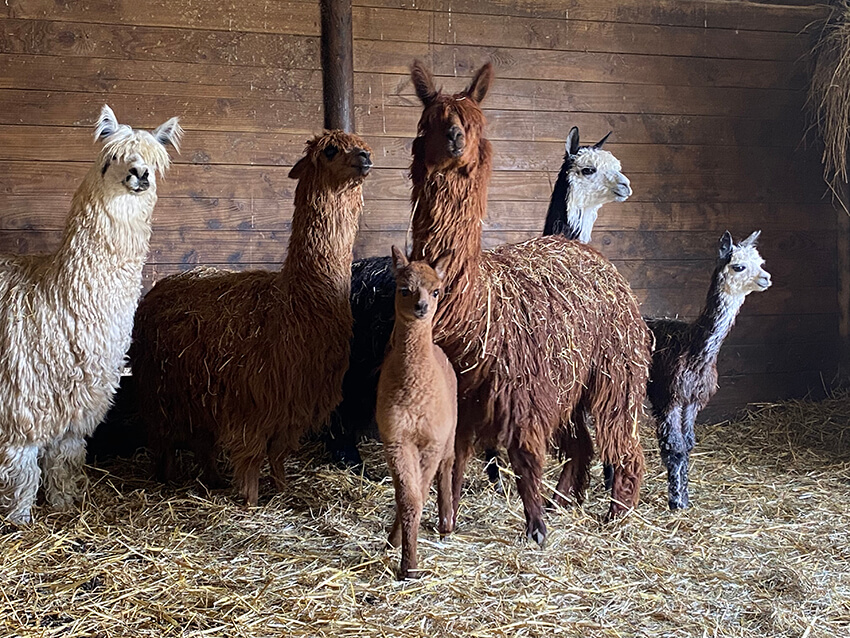
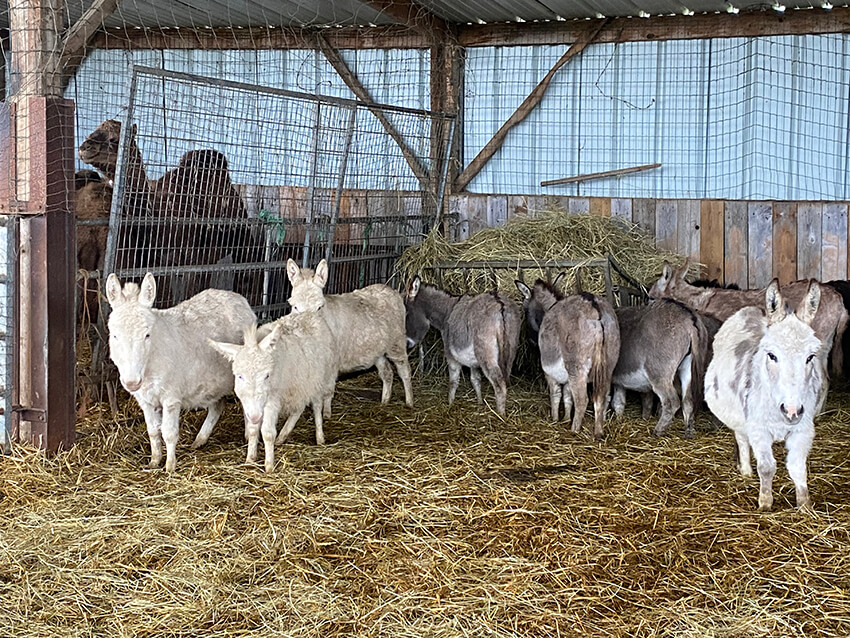
Miniature donkeys
The Common Donkey is a species of ungulate, herbivorous mammal belonging to the Equidae family.
Girgentana goats
It is thought to have originated in Central and South Asia, particularly in Kashmir, northern Afghanistan and Baluchistan, and descended from Markhor.
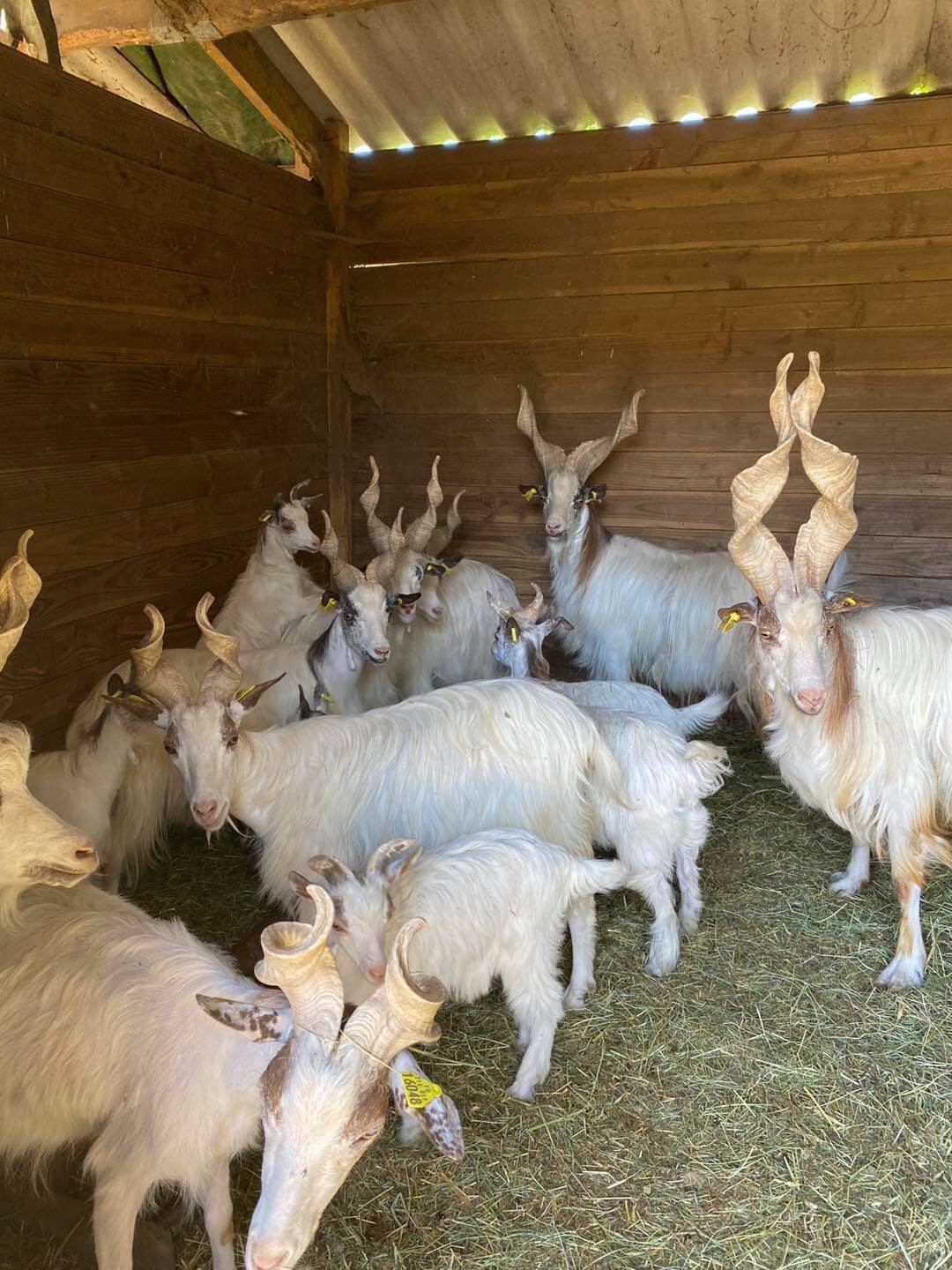
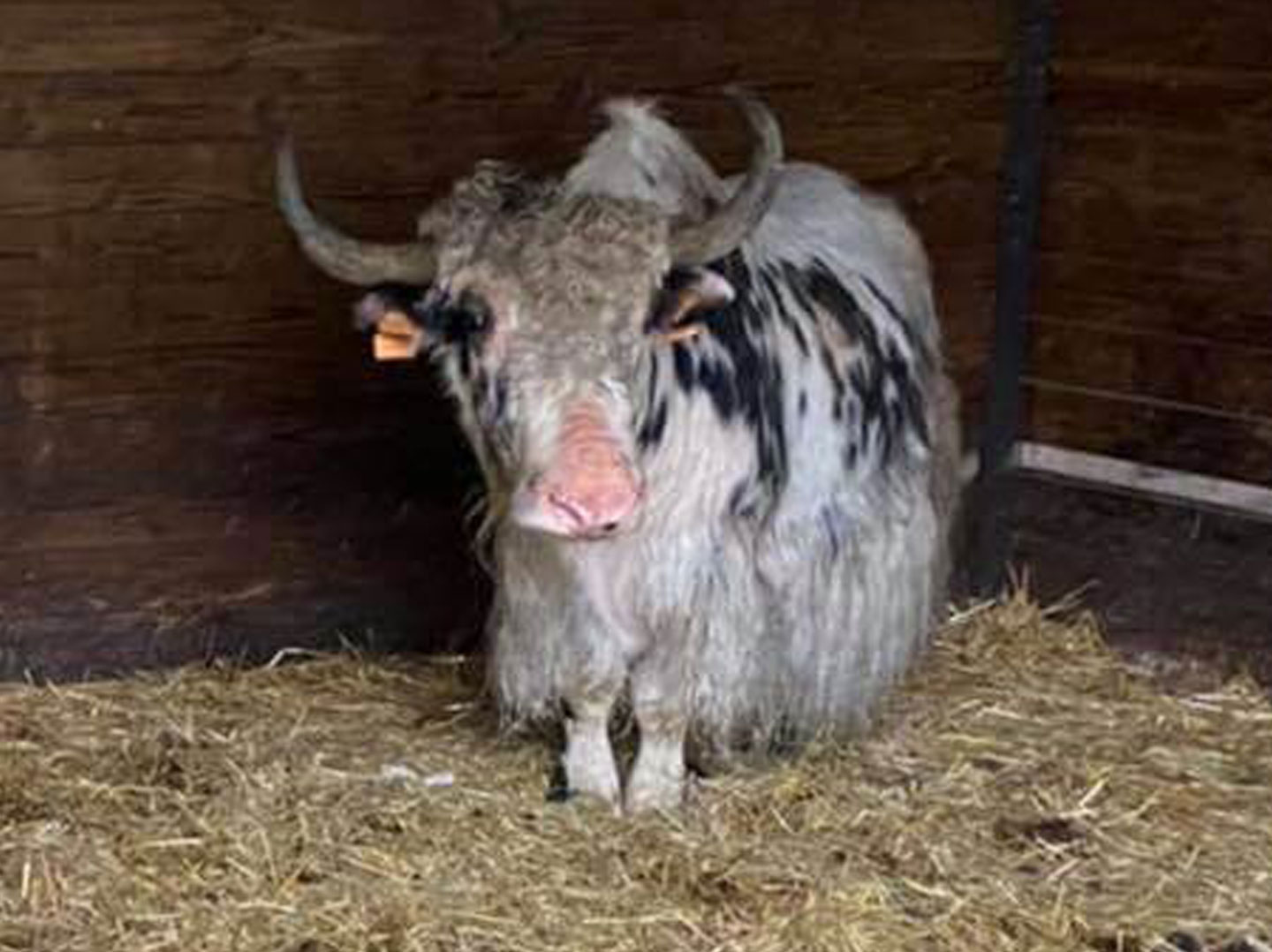
Yaks
The domestic variety is used as beasts of burden (a yak carries around 130 kilos), as mounts and supplies wool, leather, meat, milk, butter and cheese.
Our animals on sale
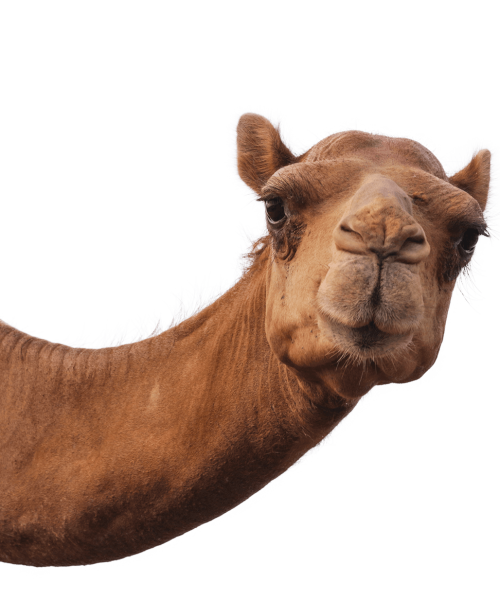
Every year, La Camelerie puts some of its animals up for sale (males, females, babies).
Sheep of Somalia
Somali sheep are unique in that they have no wool and a ball of adipose fat at the base of their tail, which serves as a reserve in case of shortage.
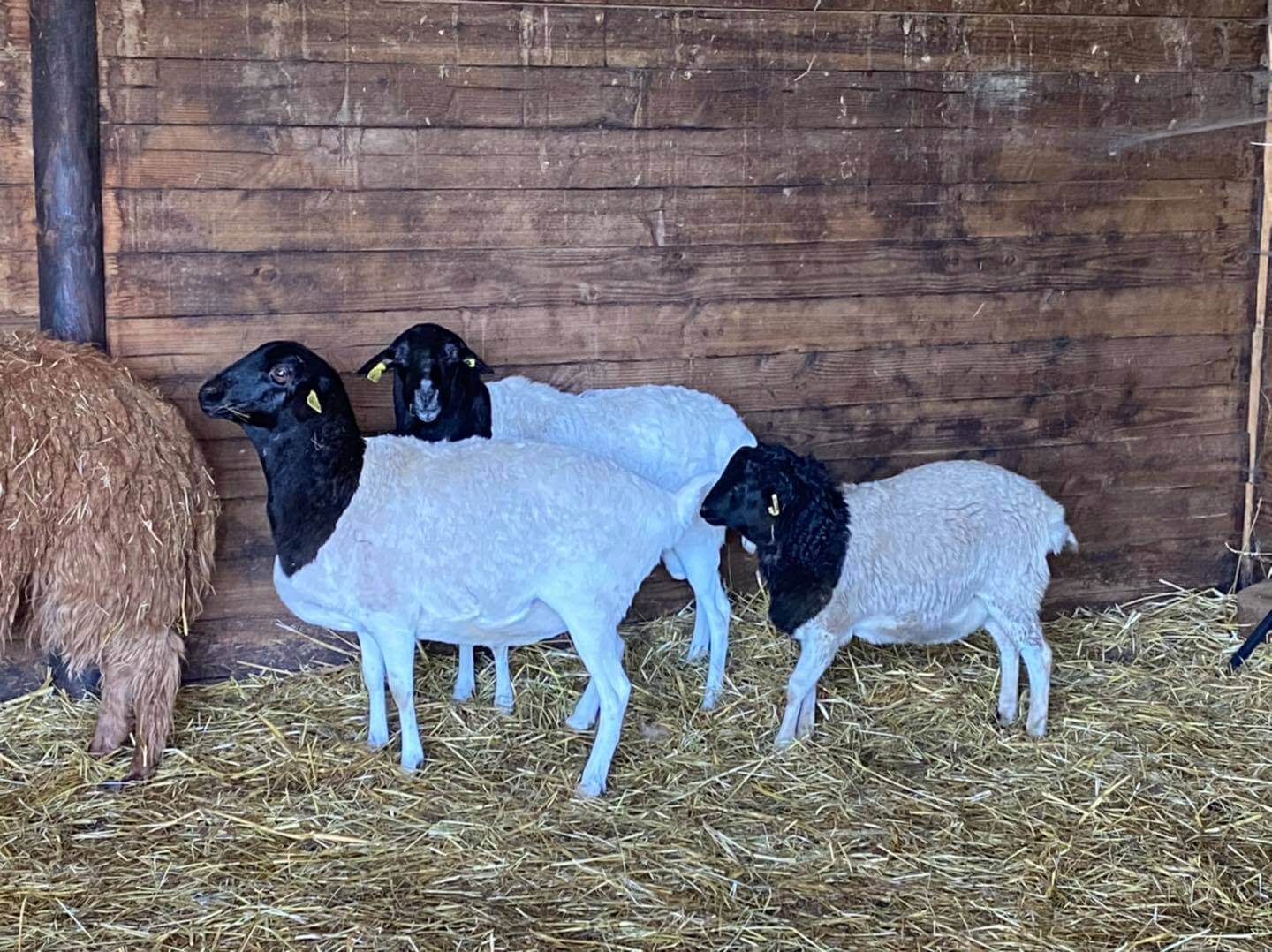
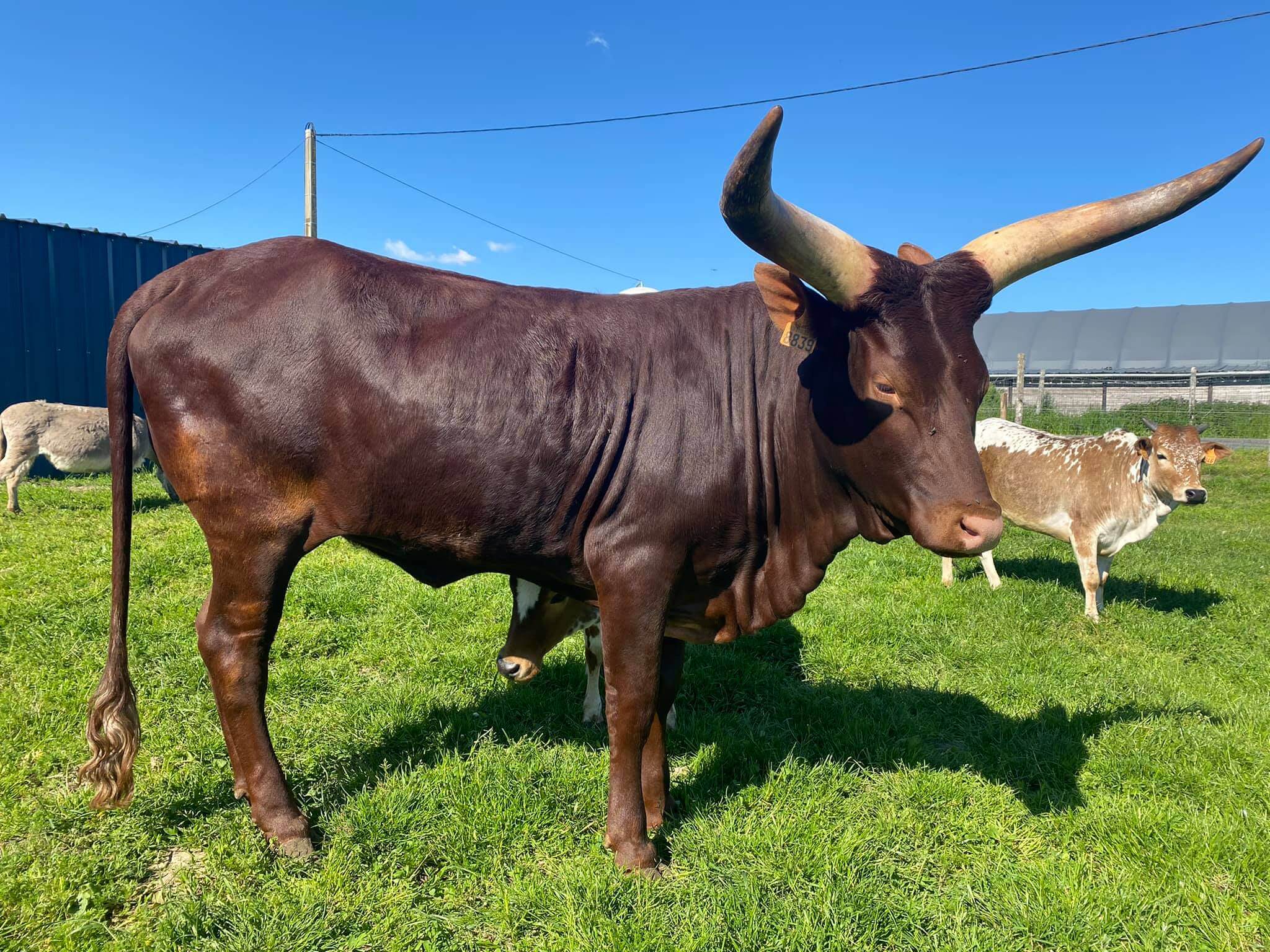
Watusis
The name is derived from the word watutsi (Swahili plural of Tutsi); for the Rwandans, as for other East African peoples, this ox is a sacred and respected animal.
Miniature pigs
This breed of domestic pig was selected in 1980 at the University of Goettingen in Germany from crosses between Minnesota dwarf pigs and small Vietnamese pigs.
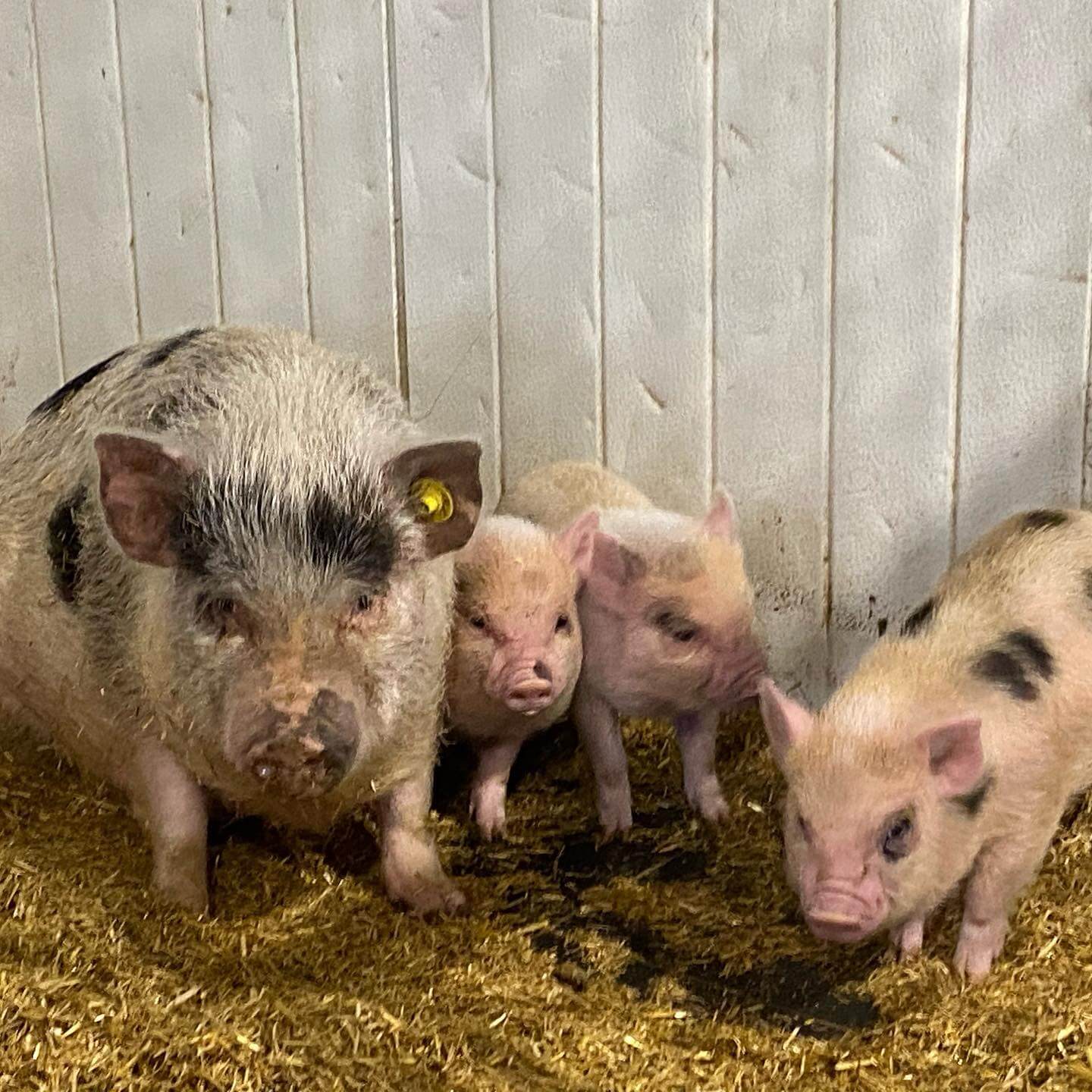
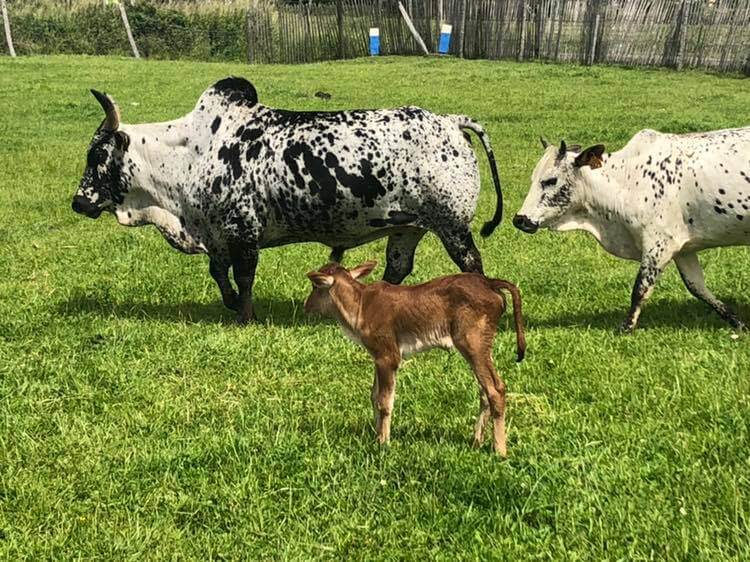
Dwarf zebus
The zebu is a domestic bovid descended from an Indian subspecies of the aurochs. The word zebu comes from the Tibetan “zeba”, etymologically meaning “hump”.

